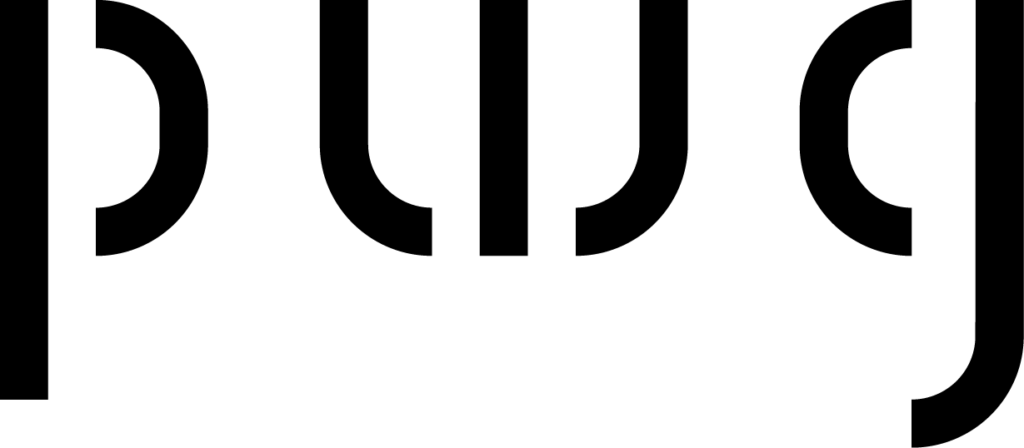Are you aware you can get a true photographic print made from your digital image file?
Historically, photographic images were printed onto light-sensitive papers, whereby a film negative was projected by an enlarger onto the receiving photo paper. A latent image was captured on the light-sensitive paper with light. This exposed image, or silver halide image, became visible when agitated in a tray of photo chemistry. The resultant black and white continuous tone print revealed beautiful tonal range and stable archival properties when washed properly. Color prints or type C-print acquired a latent dye image in a similar manner and developed in color photo chemistry.
Traditional photographic printing service is available still today, but the enlarger has been replaced with the “digital laser imagesetter.” The disappearance of the 35 mm film negative removes the potentially grainy overall appearance. A sharp image back then was also affected the quality of the enlarger lenses. The replacement printer, the laser imagesetter, instead uses a system of red, green, and blue lasers to expose the image onto traditional photographic paper. The laser imagesetter offers one keen advantage, and that is, it offers an apparent resolution of 4,000 DPI! Even late 2013, this feature remains unmatched in the open market.
The advantages of Lightjet or Lambda prints are:
Advantage No. 1 is SHARPNESS from the apparent resolution of 4,000 DPI. Advantage No.2 is COST EFFECTIVENESS. When running multiples of a single image, this is by far the more cost effective method for long runs. Photo paper can be purchased in rolls, and therefore, making it cost effective then single sheet fed inkjet prints. Advantage No. 3 is FAST TURNAROUND TIMES because you can run hundreds to thousands of prints from a single image in a day.
Advantage No. 4 is COVERAGE with edge-to-edge sharpness. Unlike the fall off from the old enlarger lenses, there is no fall off with the lasers. The image is consistent edge to edge without any distortion. Likewise, larger sizes are easy to cover edge to edge. Large images or mural panels are consistent.
Advantage No.5 is that you will be able to more easily CONTROL CONTRAST using your digital file, which can be manipulated in Photoshop. You will also be able to CONTROL SPECIFIC COLORS and even color saturation due to accessing Photoshop. Advantage No. 6 is SIZE FLEXIBILITY, up to 50 inches by 120 inches (4 x 10 ft.) in a single panel. The final is completely dependent on your desired image size; no longer dependent on the limitations of the 35mm format and what size it proportions to.
Advantage No.7 is DURABILITY over the inkjet print. The surface of any photographic paper has been coated, and not as vulnerable to handling issues. The photographic image lies underneath the coating and does not have the potential ink smearing problems like that of the inkjet.
Many of the large format print service providers in the U.S. recognize the superior image quality of the laser printed photographic print. We just happen to be one of those companies that believe in the superior quality and enjoy the tonal features of the traditional photographic print. Call 1800.829.4562 for a quote on large runs!
Recent Posts
Archives
- September 2016
- March 2016
- December 2015
- November 2015
- October 2015
- August 2015
- July 2015
- June 2015
- May 2015
- April 2015
- January 2015
- November 2014
- October 2014
- August 2014
- July 2014
- June 2014
- May 2014
- April 2014
- March 2014
- February 2014
- January 2014
- December 2013
- November 2013
- October 2013
- September 2013
- August 2013
- July 2013
- June 2013
- April 2013
- November 2012
- October 2012
- September 2012
- August 2012
- July 2012
- June 2012
- May 2012
- April 2012
- March 2012
- February 2012
- January 2012
- December 2011
- November 2011
- October 2011
- September 2011
- August 2011
- July 2011
Categories
- & mounting
- ADA signage
- airport graphics
- Backlit Fabric Graphics
- backlit graphic
- backlit graphics
- blog
- Contour cuts
- digital imaging
- Dye Sub
- Dye Sublimation Graphics
- Fabric Graphics
- fabrication for architects
- finishing
- Finishing services
- Framing
- Giclee
- Large format graphics
- Latex prints
- Lightjet prints
- Lightjet Prints
- Museum Exhibits
- Outdoor banners
- Prints on metal
- Sports Facility Exhibits
- Trade Show Displays
- Uncategorized
- UV Direct Prints



Recent Comments